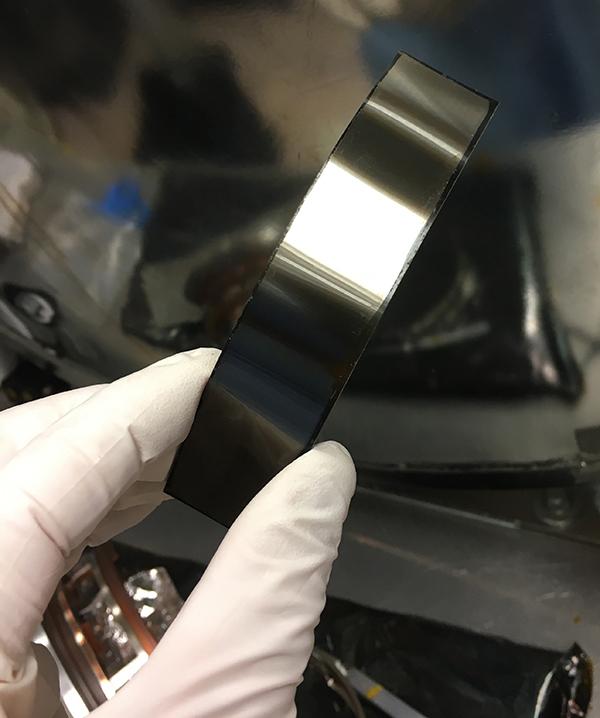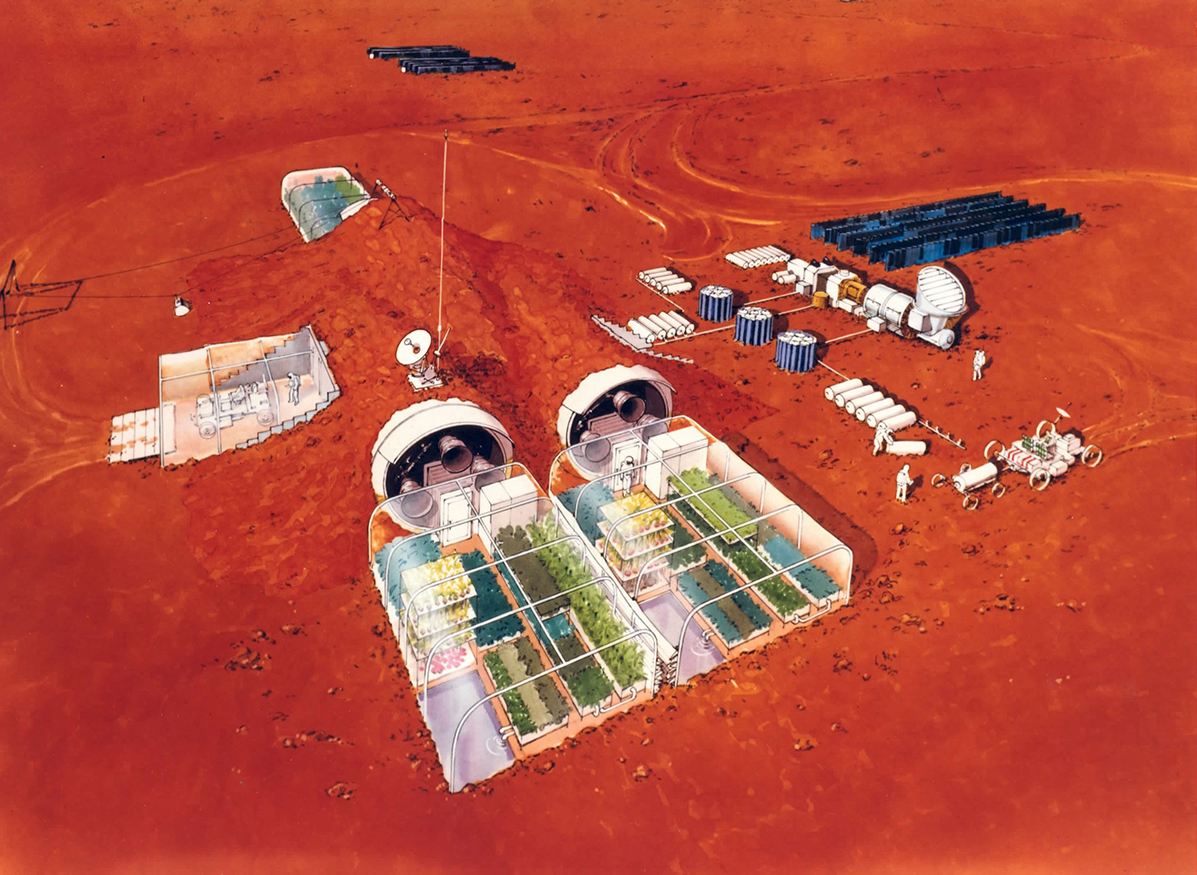
Air Treatment Systems Break Down Pollutants, Germs
Subheadline
Technology pioneered for space plant-growth chambers cleans indoor air
By 2020, Fresh-Aire UV had been growing its line of air purification products for 20 years, but no product debut had brought the kind of attention that came with an airborne viral pandemic.
“You always look for ways to bring awareness to the technology. You don’t really want it to be a pandemic, but in this case, it was,” said Chris Willette, the company’s former president and founder. “That was when the general public got introduced to a lot of the technologies we use for cleaning air.”
Among the latest of these in the Fresh-Aire UV line was a technique for eliminating organic contaminants that had begun with NASA funding in the 1990s. Known as photocatalytic oxidation (PCO), it became key to helping the Jupiter, Florida-based company’s products fight SARS-CoV-2, the virus that causes the COVID-19 disease.
Fresh-Aire UV adopted PCO 10 years earlier to treat rising levels of volatile organic compounds (VOCs) in modern indoor spaces. As buildings have become more airtight to increase their efficiency, they trap more and more indoor pollutants. According to the EPA, indoor air is often five times – and up to 100 times – more polluted than outside air, said Aaron Engel, vice president of business development at Fresh-Aire UV.
Willette noted that this trend followed the spread of synthetic building and furniture materials such as laminated composite countertops and engineered flooring, which can release formaldehyde, acetone, and other VOCs. Together, these trends have contributed to rising rates of asthma and allergies, they said, and many VOCs are known carcinogens.
“Because we spend so much time indoors, and many of these contaminants pass through conventional HVAC filters, you want to be able to address those issues,” said Engel. “Filters address one-third of contaminants in the air – dust and dander. The other two-thirds, such as microbes and VOCs, pass through a filter like sand through a tennis racket. Our systems address those two-thirds.”
PCO was originally invented to eliminate the organic compound ethylene from the air in plant-growth chambers in space. The work was pioneered at the Wisconsin Center for Space Automation and Robotics at the University of Wisconsin-Madison, with funding from NASA’s Marshall Space Flight Center in Huntsville, Alabama. University researchers, led by Professor Marc Anderson, were confronting a problem unique to space: In the absence of gravity, there’s no convection to keep air circulating. So ethylene, a plant hormone that accelerates aging and ripening, builds up around plants, causing them to wither prematurely.
Anderson wanted to break down ethylene using a technique that was in its infancy at the time. When ultraviolet light strikes titanium dioxide, it releases electrons that bond with oxygen and water in the surrounding air, making them reactive. These charged molecules then attract organic contaminants, oxidizing them and turning them into carbon dioxide and water. PCO turned out to be effective against not just ethylene and VOCs but also bacteria, viruses, and molds.
A number of commercial products have been based on the technology over the years.
Clearing the Air
Anderson went on to cofound a company called Microporous Oxides Science and Technology (MOST), which offers specialized suspensions of oxide nanoparticles, including the titanium dioxide used in PCO technology.
Meanwhile, Fresh-Aire UV had primarily marketed products that used ultraviolet light to neutralize microbes directly. Around 2010, the company was developing PCO technology to address the problem of indoor VOCs when an industry study brought the company in contact with MOST, said Willette. “That’s when I had the realization that MOST was the pioneer of PCO technology.”
He visited Anderson in the university lab where some of the first PCO technology was pioneered for NASA, and Fresh-Aire UV ended up purchasing the lab’s test rig. That specially outfitted air duct is now at the center of Fresh-Aire’s laboratory, and MOST became the company’s supplier for titanium dioxide. The process relies on Fresh-Aire’s activated carbon dipped in a nanoparticulate titania suspension, creating the carbon catalyst at the heart of the company’s APCO and APCO-X (adsorptive photocatalytic oxidation) product line.
Engel said the use of activated carbon, which attracts and captures organic contaminants, in conjunction with the titanium dioxide coating, is what separates Fresh-Aire UV PCO technology from others. The oxidation reactions have several steps before contaminants are reduced to harmless water and carbon dioxide, and some of these intermediate chemical by-products may be harmful, he explained. Anyone developing PCO products has to deal with these. In Fresh-Aire UV’s APCO and APCO-X line, the activated carbon captures and holds contaminants in place until they’re completely broken down.
“This is a true treatment system,” said Engel. “We clean the air and don’t put anything foreign into the air that shouldn’t be there.”
Engel said the APCO line now accounts for at least half of the company’s business. These and other microbe- and odor-neutralizing Fresh-Aire products saw incredible demand during the pandemic, he said. Lead times for order fulfillments extended to months, with the company opening an additional 35,000-square-foot facility to allow for increased residential and commercial production. During that time, the company was acquired by HVAC firm DiversiTech, which helped scale up operations to meet the need.
Although the urgency around indoor air quality has tapered since the height of the pandemic, awareness of its importance remains high. According to Engel, “Homeowners, building owners, and facility directors now have a better understanding of how important proper ventilation and air quality are to our health and wellbeing and are proactively using technologies such as Fresh-Aire UV not just for pandemic preparedness but for best practices.”
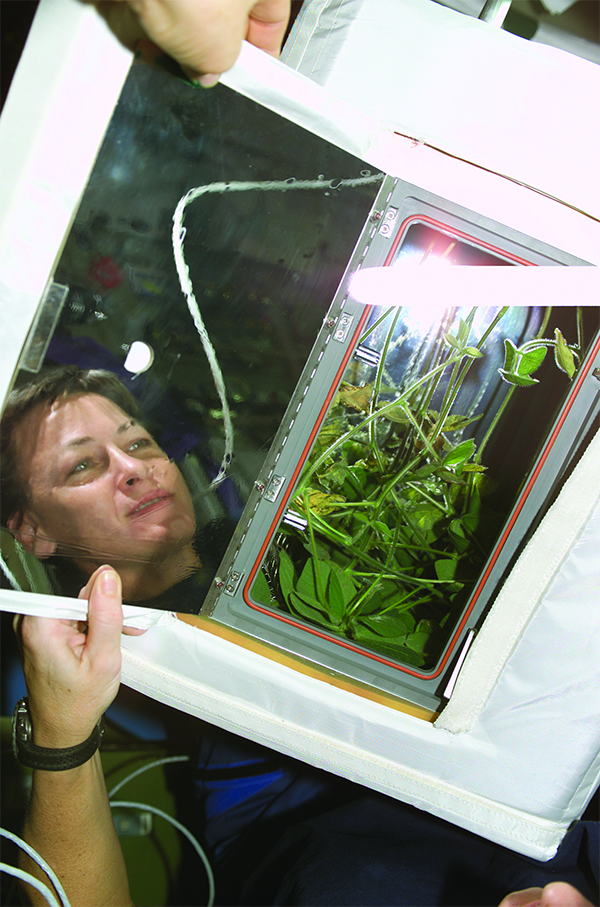
Astronaut Peggy Whitson checks on soybean plants growing in the Advanced Astroculture plant-growth chamber, which went into use on the International Space Station in 2001. The NASA-funded Wisconsin Center for Space Automation and Robotics invented an ethylene scrubber that kept the plants from withering prematurely and became the basis for Fresh-Aire UV’s air purifiers. Credit: NASA
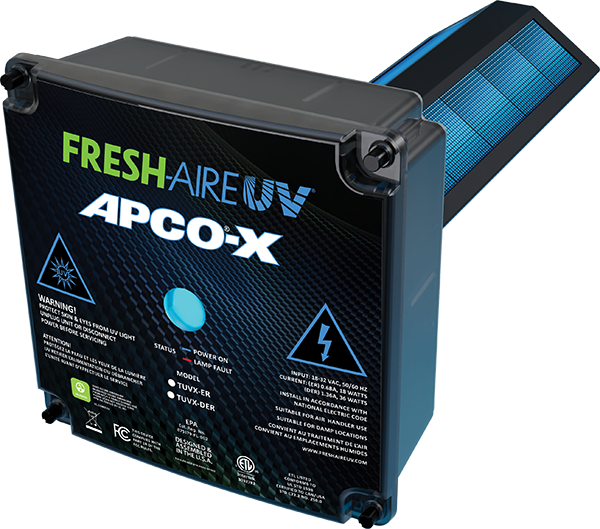
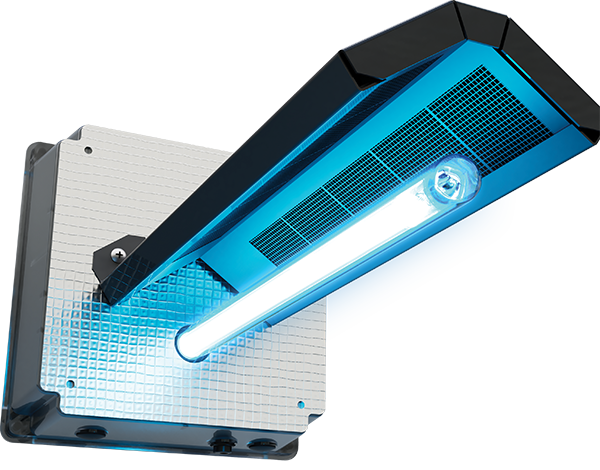
Fresh-Aire UV’s APCO-X, designed for installation in air vents, uses an ultraviolet lamp and activated carbon dipped in a nanoparticulate titania suspension to break down organic contaminants in the air through a process known as photocatalytic oxidation. Credit: Fresh-Aire UV

NASA has been planning for space agriculture since its early days. Growing plants in zero gravity necessitated the invention of an ethylene scrubber that spawned several lines of air purifiers, but the agency hopes to one day grow food to feed astronauts on other planetary bodies. Credit: NASA













